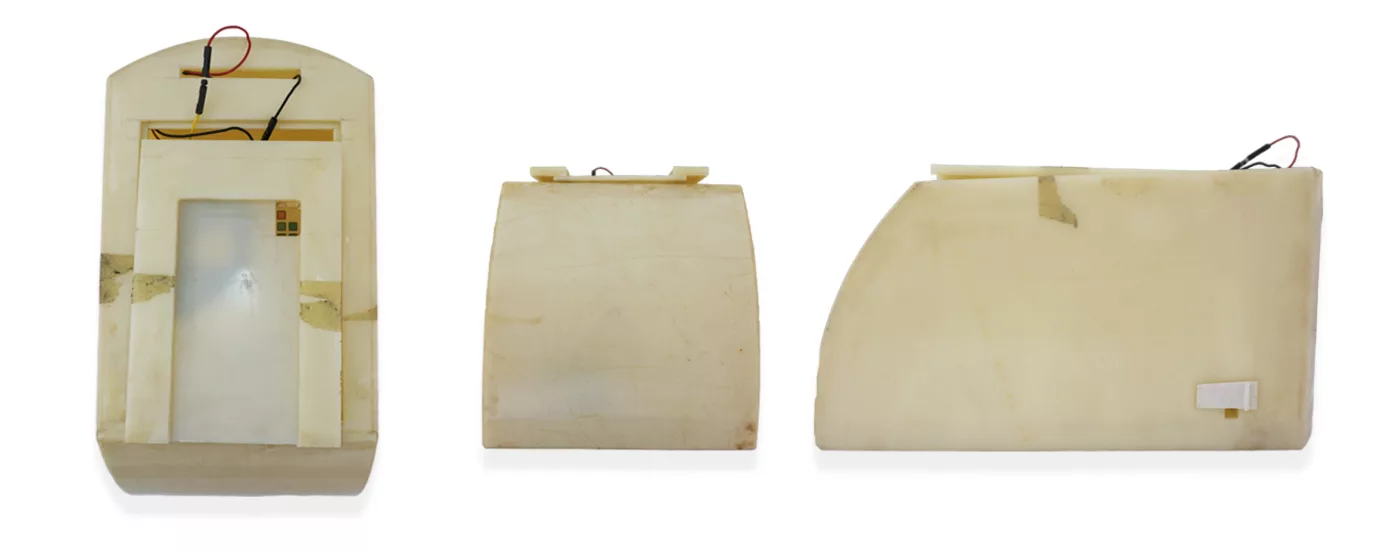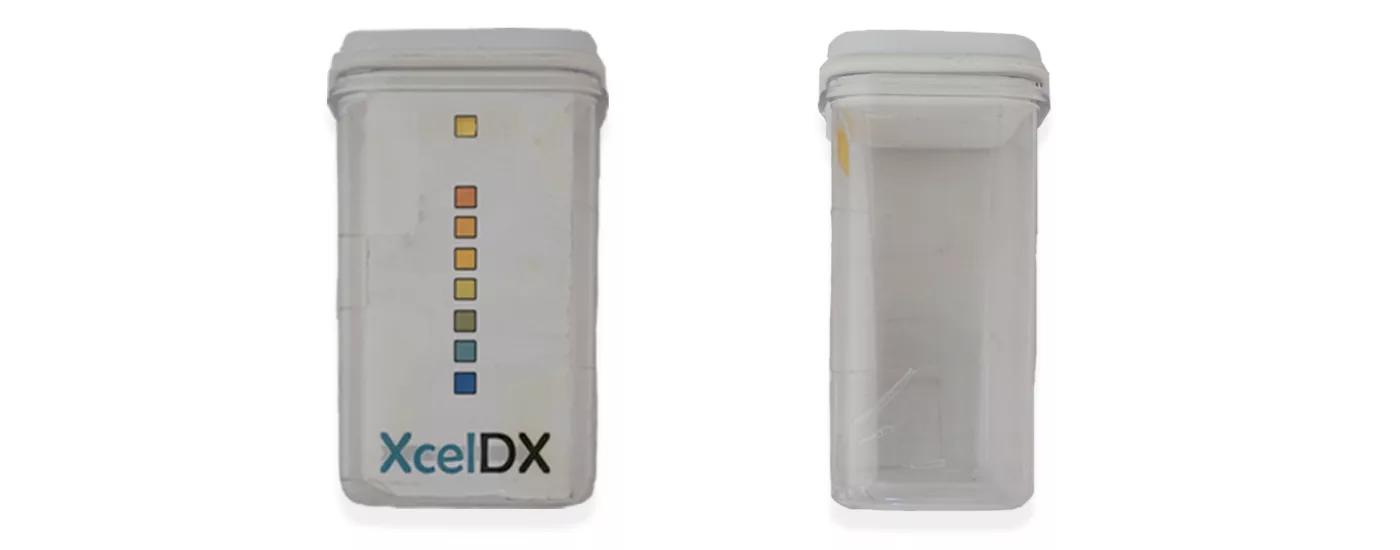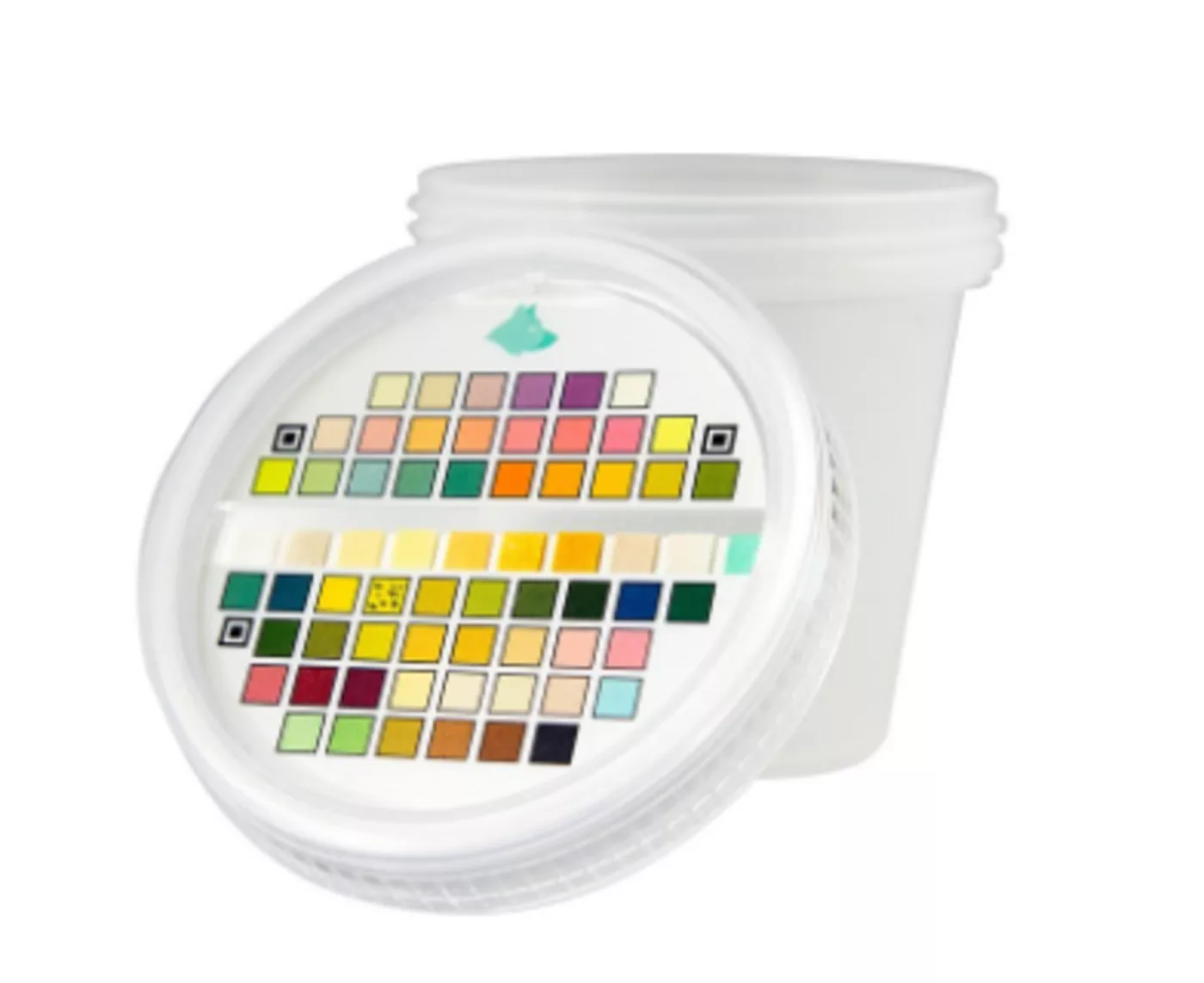Designing and Prototyping a Mobile Urinalysis Device
Introduction
Petnostics is a pet health startup that helps pet parents keep their pets happy and healthy through a line of at-home urine test products.
I worked with the Founder and CEO of Petnostics to create a new mobile solution that replaces existing urinalysis techniques.
And by "mobile solution", yes, we do mean that we wanted to figure out ways to help pet parents use their smartphones to test health parameters from pee!
Collaborators
I worked with the Founder and CEO of Petnostics, Stephen Chen, over a number of years to come up with this solution. In particular, I was hired to do a few things:
- To help with the design of the urine capturing device
- To help build the iPhone app prototype
- To do image analysis on the test strip using the app and tools like OpenCV
We were granted 4 patents as a result of our technology (US8506901, US8655009, US8877140, US8911679).
The Problem
Here is a standard urine test strip with 10 different colored pads:

Traditionally, you dip this strip into urine to wet all the pads and then wait for the pads to change colors. Comparing these colors to a calibration chart, health outcomes for each of the above can be determined.
Standard urinalysis techniques have always been reserved for major healthcare companies like Siemens and Roche (while these companies work in the human space, the test strips are available for use with pets). Their techniques measure various health parameters by testing reflectivity percentages of a test strip in an environment with controlled lighting.
We wanted to explore different ways to use smartphones to help make this process available to the mass market.
One of the key issues we encountered was dealing with different lighting environments. As such, much of our work revolved around building molds to control for this.
First Prototype
Below is the first of 3 iterations of molds we made:

How does it work?
Collect urine and dip the test strip in it, wetting all of the pads. Place it inside the plastic mold, along with the calibration colors, and light up the inside of the mold.
Open up our app on a smartphone, place it on top of the mold and take a picture of the test strip. The app performs image analysis of the test strip and outputs results.
Issues with this plastic mold? It was ugly, bulky and really didn't push us closer to creating a true mobile solution. As such, it was discarded.
Second Prototype
Our next version was a smaller version of the first:

It suffered from the same issues as the first and was discarded.
Another issue of these first two versions is that they didn't address the fact that users still had to dip the test strip into urine separately. Ideally, we wanted to have a urine capturing system with the test strip embedded so when urine was collected, it would automatically wet the pads.
Third prototype
The next version allowed for this:

What were the issues with this version? It looked nicer but didn’t work well. The urine never hit the test strip pads well enough to produce the color changes we needed.
Fourth prototype (the winner!)
Here is the winning solution:

How does it work?
The big question is how did we handle different lighting conditions used by different users?
This is what we were awarded our patents for. Essentially, by including the calibration colors for each pad along with the test strip, the entire setup is self-calibrated and the analysis can be done with equal accuracy to industry standards.
This version of the cup was shown on Shark Tank when Petnostics aired early in 2016 and has been a big success for them!